Home>Furniture & Design>Interior Design Trends>Where Should Broken Glass Be Disposed Of In A Lab
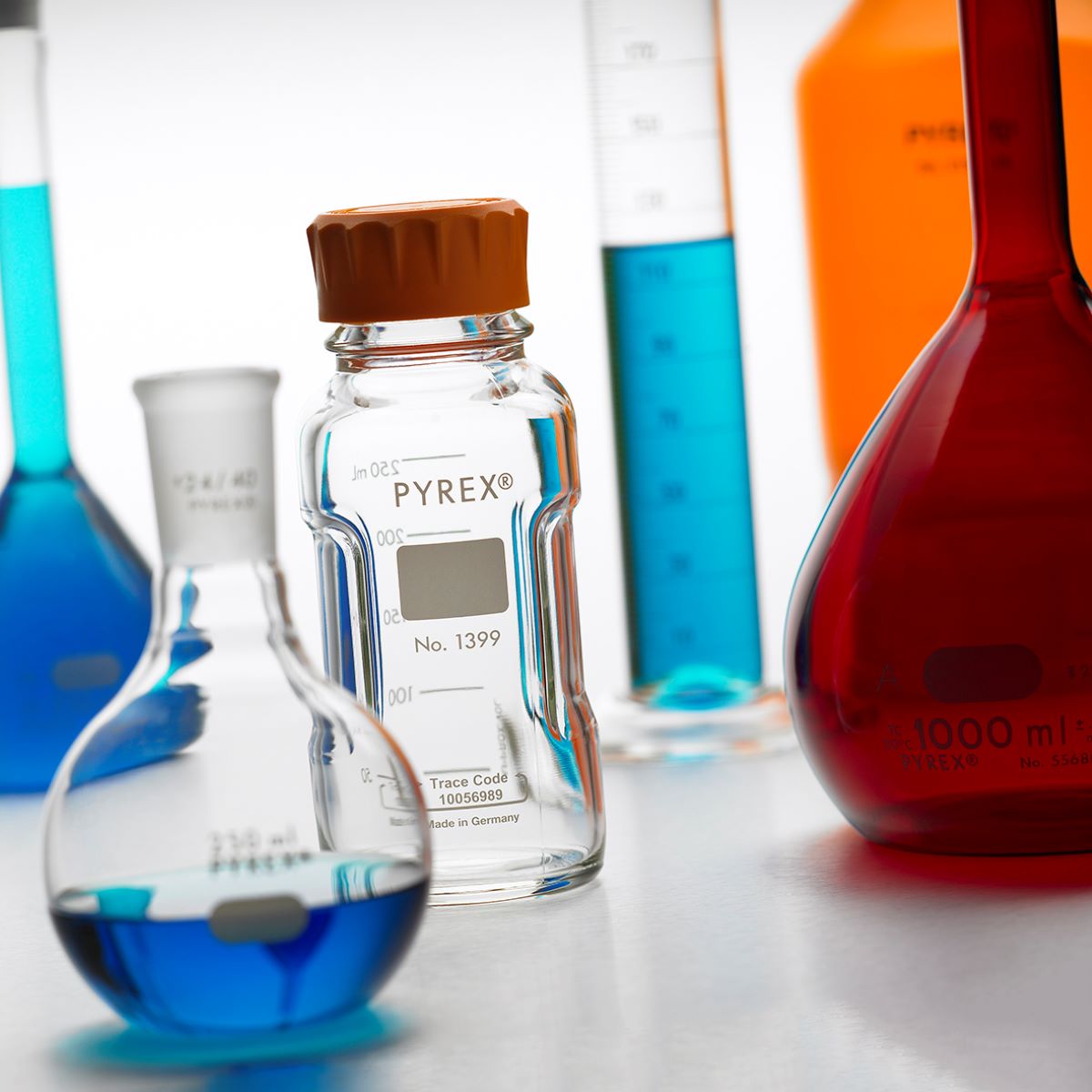

Interior Design Trends
Where Should Broken Glass Be Disposed Of In A Lab
Modified: March 2, 2024
Proper disposal of broken glass in a lab is crucial for safety and compliance. Learn the best practices for interior design trends in lab safety.
(Many of the links in this article redirect to a specific reviewed product. Your purchase of these products through affiliate links helps to generate commission for Storables.com, at no extra cost. Learn more)
Introduction
Proper disposal of broken glass in a laboratory setting is of paramount importance to ensure the safety of laboratory personnel and the integrity of experimental results. The handling of broken glass in a lab requires careful attention to detail and adherence to specific guidelines to mitigate the risk of injury and contamination. This article will delve into the significance of appropriate glass disposal, provide comprehensive guidelines for safe disposal, explore disposal options, and highlight best practices to promote a secure laboratory environment.
The presence of broken glass in a laboratory poses a significant hazard, as it can result in cuts, punctures, and exposure to hazardous substances. Moreover, the potential for contamination of experiments and samples due to improperly disposed of glass cannot be overlooked. Therefore, understanding the proper procedures for handling and disposing of broken glass is crucial for maintaining a safe and efficient laboratory environment.
By following the guidelines and best practices outlined in this article, laboratory personnel can minimize the risks associated with broken glass and contribute to a culture of safety and responsibility within the laboratory setting. Let's delve into the details of proper glass disposal in a lab to ensure the well-being of all individuals and the integrity of scientific research.
Key Takeaways:
- Proper disposal of broken glass in a lab is crucial for safety, experiment integrity, and environmental protection. Follow guidelines, use protective gear, and choose suitable disposal methods to create a secure laboratory environment.
- Education, prompt cleanup, and proper labeling are key to safe broken glass disposal. By prioritizing safety measures and responsible practices, laboratories can maintain a secure and efficient working environment.
Read more: How To Dispose Of Broken Glass
Importance of Proper Glass Disposal
Proper glass disposal in a laboratory environment is crucial for maintaining a safe and secure workspace. The significance of adhering to strict guidelines for the disposal of broken glass cannot be overstated, as it directly impacts the well-being of laboratory personnel and the integrity of scientific research.
First and foremost, the safety of laboratory personnel is paramount. Broken glass poses a significant risk of injury, as it can result in cuts, punctures, and other forms of physical harm. By ensuring the proper disposal of broken glass, the potential for accidental injuries can be greatly reduced. This is particularly important in laboratory settings where hazardous materials may be present, as broken glass can lead to exposure to dangerous substances, further emphasizing the critical nature of appropriate glass disposal.
Moreover, the disposal of broken glass is essential for preventing contamination in the laboratory. In a scientific environment where precision and accuracy are paramount, the presence of broken glass can compromise experimental results and sample integrity. Improperly disposed of glass can lead to cross-contamination, affecting the reliability and validity of research outcomes. By prioritizing proper glass disposal, laboratories can uphold the quality and credibility of their scientific endeavors.
Additionally, environmental considerations underscore the importance of responsible glass disposal. Broken glass that is not appropriately handled can pose environmental hazards, especially if it contains or has come into contact with hazardous substances. By following established disposal protocols, laboratories can minimize the potential impact of broken glass on the environment, contributing to sustainable and eco-friendly practices.
In summary, the importance of proper glass disposal in a laboratory cannot be overstated. It is essential for safeguarding the well-being of laboratory personnel, preserving the integrity of scientific research, and upholding environmental responsibility. Adhering to stringent guidelines for glass disposal is a fundamental aspect of creating a safe, efficient, and responsible laboratory environment.
Guidelines for Disposing of Broken Glass in a Lab
Proper disposal of broken glass in a laboratory setting is essential to mitigate the risks associated with handling sharp and potentially contaminated materials. Adhering to specific guidelines for glass disposal is crucial for maintaining a safe and secure laboratory environment. Here are comprehensive guidelines for disposing of broken glass in a lab:
-
Immediate Containment: Upon discovering broken glass, it is imperative to promptly contain the area to prevent accidental contact. Using appropriate personal protective equipment (PPE), such as gloves and safety goggles, carefully pick up the larger glass fragments and place them in a puncture-resistant container. This initial containment minimizes the risk of injury and exposure to hazardous substances.
-
Segregation of Glass and Other Waste: Segregate broken glass from other laboratory waste to prevent contamination and facilitate proper disposal. Utilize designated containers specifically designed for glass disposal, ensuring that they are clearly labeled to distinguish them from general waste receptacles.
-
Decontamination and Cleaning: After the larger glass pieces have been collected, thoroughly clean the area to remove any residual shards and potential contaminants. Use appropriate cleaning agents and disinfectants to ensure that the area is free from any hazardous materials that may have been associated with the broken glass.
-
Secure Packaging: Once the area is cleaned and decontaminated, carefully package the collected glass fragments in a secure and durable container. This container should be resistant to punctures and leakage to prevent any potential hazards during transportation and disposal.
-
Proper Labeling: Clearly label the container with the appropriate hazard warnings and disposal instructions. This ensures that the contents are identified as broken glass and that individuals handling the waste are aware of the associated risks and proper disposal procedures.
-
Disposal in Accordance with Regulations: Dispose of the packaged broken glass in accordance with local regulations and institutional guidelines. Some laboratories may have specific protocols for glass disposal, and it is essential to adhere to these regulations to ensure compliance with safety and environmental standards.
By following these comprehensive guidelines for disposing of broken glass in a laboratory, personnel can effectively manage the risks associated with broken glass and contribute to a safe and responsible laboratory environment.
Broken glass should be disposed of in a designated glass disposal container in the lab. Do not put it in regular trash as it can be a safety hazard.
Disposal Options for Broken Glass
Proper disposal of broken glass in a laboratory setting is essential to ensure the safety of personnel and prevent potential contamination. When it comes to disposing of broken glass, it is crucial to consider the available options that align with safety protocols and environmental regulations. Here are the disposal options for broken glass in a lab:
-
Designated Glass Disposal Containers: Many laboratories are equipped with designated glass disposal containers specifically designed to safely contain broken glass. These containers are typically made of puncture-resistant materials to prevent injuries during handling and transportation. Utilizing these specialized containers ensures that broken glass is segregated from other waste, minimizing the risk of contamination and injury.
-
Professional Waste Management Services: Laboratories may opt to engage professional waste management services that specialize in handling hazardous materials, including broken glass. These services have the expertise and resources to safely collect, transport, and dispose of broken glass in compliance with regulatory requirements. By partnering with reputable waste management providers, laboratories can ensure that broken glass is managed and disposed of responsibly.
-
Autoclaving and Sterilization: In some cases, broken glass that does not pose a contamination risk may undergo autoclaving or sterilization processes. This method is particularly applicable to non-contaminated glassware that has been rendered non-sharp and safe for handling. Autoclaving broken glass can reduce the volume of waste and minimize the associated risks before disposal.
-
Recycling Programs: Laboratories committed to sustainable practices may explore recycling programs for certain types of broken glass. Glass that is free from contamination and hazardous substances can be recycled to minimize environmental impact. Participating in glass recycling initiatives contributes to resource conservation and environmental sustainability.
-
Chemical Treatment and Neutralization: In instances where broken glass has come into contact with hazardous substances, chemical treatment and neutralization may be employed to mitigate potential risks. This method involves treating the broken glass with appropriate chemicals to neutralize any hazardous components before disposal, ensuring that it does not pose a threat to personnel or the environment.
-
In-House Disposal Protocols: Some laboratories may have established in-house disposal protocols for broken glass, outlining specific procedures for containment, packaging, and disposal. Adhering to these internal protocols ensures consistency and compliance with the laboratory's safety and environmental guidelines.
By considering these disposal options for broken glass, laboratories can make informed decisions that prioritize safety, regulatory compliance, and environmental responsibility. Selecting the most suitable disposal method based on the nature of the broken glass and the laboratory's specific requirements is essential for maintaining a secure and efficient laboratory environment.
Best Practices for Broken Glass Disposal
When it comes to the disposal of broken glass in a laboratory setting, adhering to best practices is essential to ensure the safety of personnel and the integrity of scientific research. By implementing the following best practices, laboratories can effectively manage the risks associated with broken glass and contribute to a secure and responsible working environment.
-
Education and Training: Providing comprehensive education and training to laboratory personnel regarding the proper handling and disposal of broken glass is fundamental. Equipping individuals with the knowledge of safety protocols, containment procedures, and disposal guidelines fosters a culture of awareness and responsibility. Regular training sessions and informational materials can reinforce the importance of adhering to best practices for broken glass disposal.
-
Use of Personal Protective Equipment (PPE): Emphasizing the use of appropriate personal protective equipment, such as gloves, safety goggles, and protective clothing, is crucial when dealing with broken glass. Ensuring that all personnel are equipped with the necessary PPE reduces the risk of injuries and exposure to hazardous materials during the collection and disposal process.
-
Prompt Containment and Cleanup: Encouraging prompt containment and cleanup of broken glass minimizes the potential for accidents and contamination. Establishing clear procedures for immediate containment and cleanup, including the availability of spill kits and cleaning supplies, enables swift and effective management of broken glass incidents.
-
Segregation and Labeling: Implementing a robust segregation system for broken glass and clearly labeling disposal containers with hazard warnings and instructions are essential best practices. This ensures that broken glass is properly identified, segregated from other waste, and handled in accordance with safety regulations.
-
Regular Inspections and Maintenance: Conducting regular inspections of laboratory areas to identify and address potential hazards, including broken glass, is a proactive best practice. Additionally, maintaining puncture-resistant disposal containers, cleaning equipment, and decontamination supplies ensures that the laboratory is well-prepared to handle broken glass incidents effectively.
-
Documentation and Reporting: Establishing a system for documenting broken glass incidents and reporting them to designated personnel or safety officers is critical. This allows for the tracking of disposal activities, identification of recurring issues, and the implementation of corrective measures to enhance safety protocols.
-
Continuous Improvement and Feedback: Encouraging feedback from laboratory personnel regarding broken glass disposal processes and seeking opportunities for continuous improvement is a best practice. Creating an open dialogue for sharing insights and suggestions fosters a culture of continuous improvement and reinforces the importance of safe glass disposal practices.
By incorporating these best practices into the laboratory's standard operating procedures, personnel can effectively manage broken glass incidents and contribute to a safe, compliant, and responsible laboratory environment. Prioritizing education, safety measures, and proactive management of broken glass disposal aligns with the overarching goal of maintaining a secure and efficient laboratory setting.
Conclusion
In conclusion, the proper disposal of broken glass in a laboratory environment is a critical aspect of maintaining a safe, secure, and responsible workspace. The significance of adhering to stringent guidelines for glass disposal cannot be overstated, as it directly impacts the well-being of laboratory personnel, the integrity of scientific research, and environmental sustainability.
By prioritizing the immediate containment, segregation, and proper packaging of broken glass, laboratories can effectively mitigate the risks associated with handling sharp and potentially contaminated materials. The implementation of best practices, including education and training, the use of personal protective equipment, and regular inspections, reinforces a culture of awareness and responsibility among laboratory personnel.
Furthermore, the availability of disposal options, such as designated glass disposal containers, professional waste management services, autoclaving, and recycling programs, provides laboratories with diverse and sustainable approaches to managing broken glass. Selecting the most suitable disposal method based on the nature of the broken glass and the laboratory's specific requirements is essential for maintaining a secure and efficient laboratory environment.
It is imperative for laboratories to adhere to local regulations and institutional guidelines for the disposal of broken glass, ensuring compliance with safety and environmental standards. By doing so, laboratories can contribute to a culture of safety, responsibility, and environmental stewardship, upholding the quality and credibility of scientific endeavors.
In essence, the proper disposal of broken glass in a laboratory setting is not only a matter of safety and compliance but also a reflection of the commitment to maintaining a professional, sustainable, and ethical scientific environment. Through the conscientious implementation of guidelines, best practices, and disposal options, laboratories can effectively manage broken glass incidents and promote a culture of safety and responsibility, ultimately contributing to the advancement of scientific research and the well-being of all individuals involved.
Frequently Asked Questions about Where Should Broken Glass Be Disposed Of In A Lab
Was this page helpful?
At Storables.com, we guarantee accurate and reliable information. Our content, validated by Expert Board Contributors, is crafted following stringent Editorial Policies. We're committed to providing you with well-researched, expert-backed insights for all your informational needs.
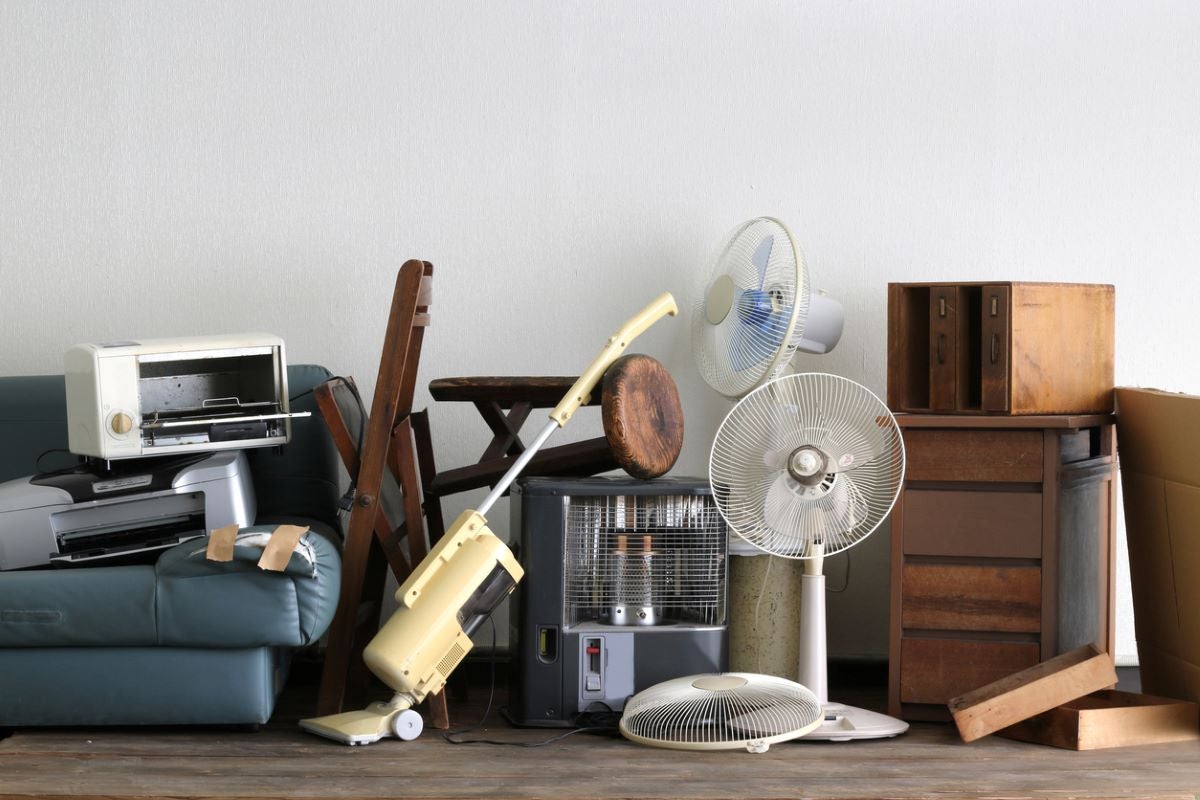
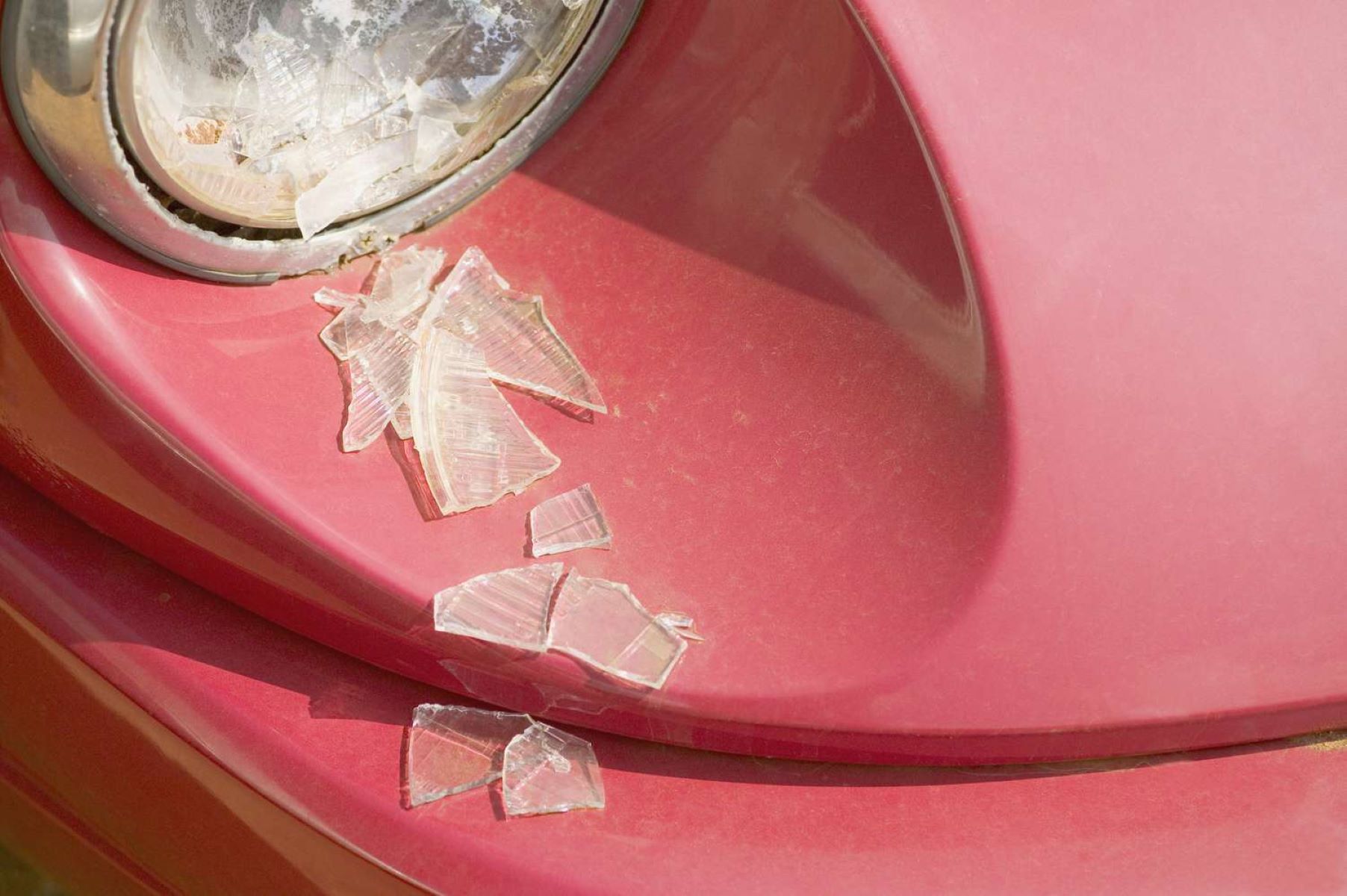

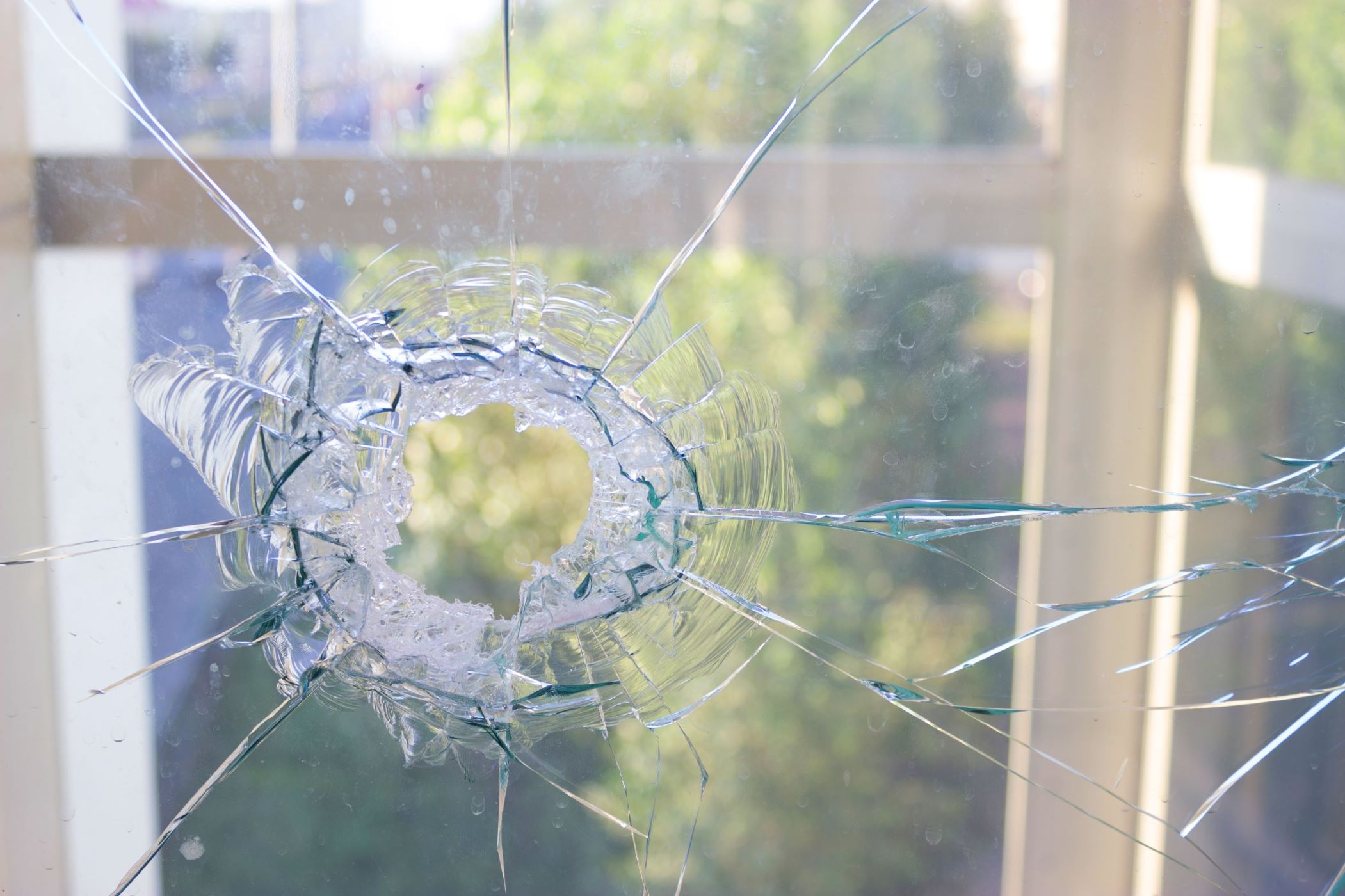



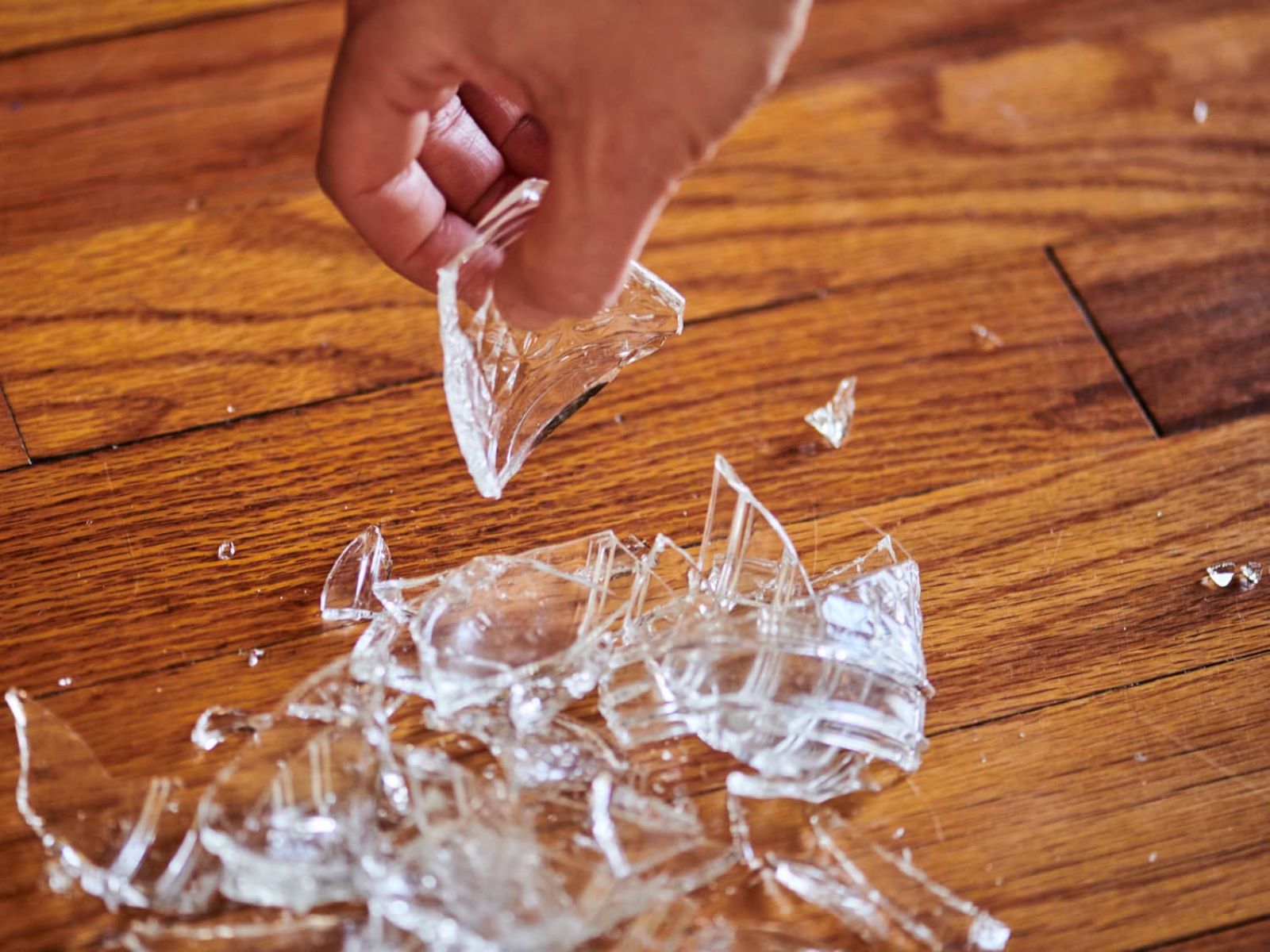
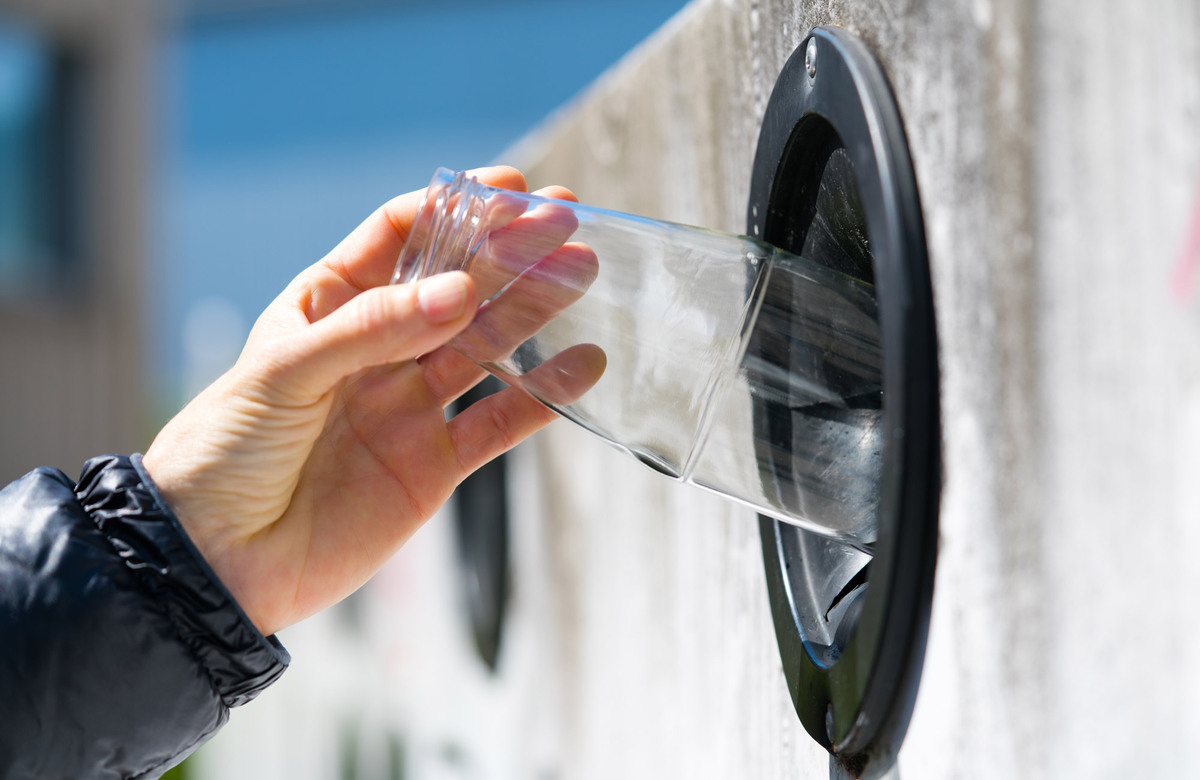
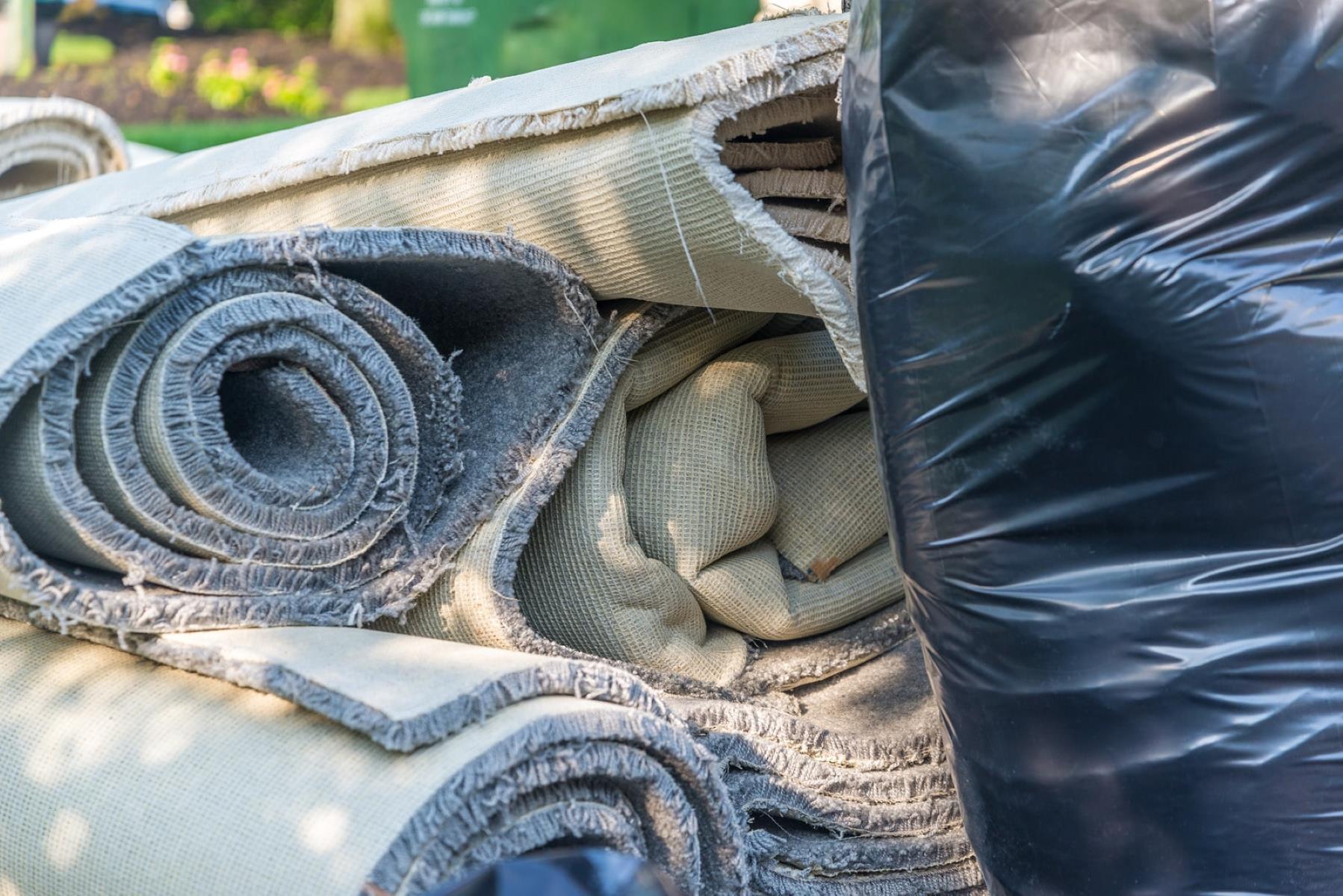

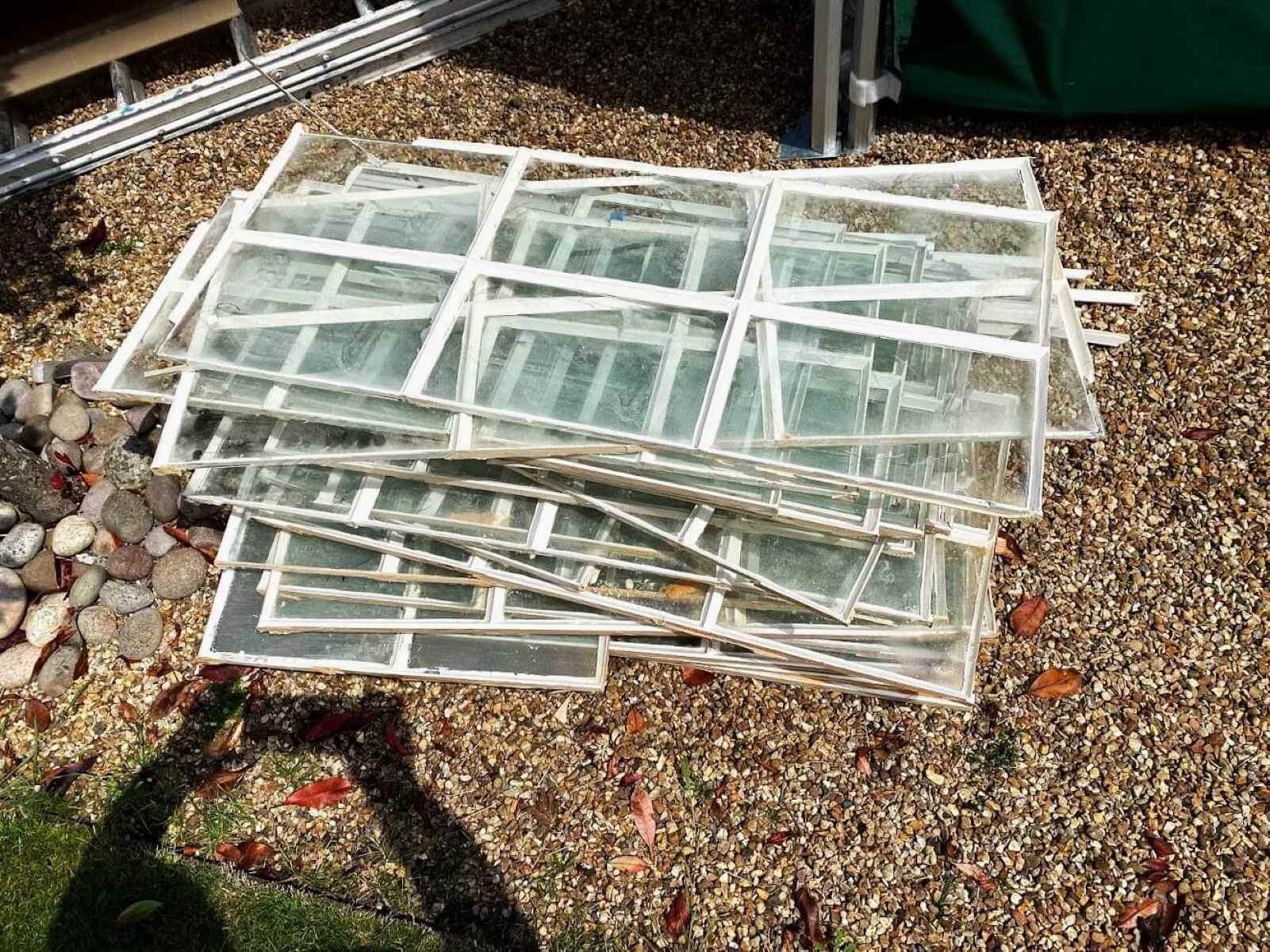
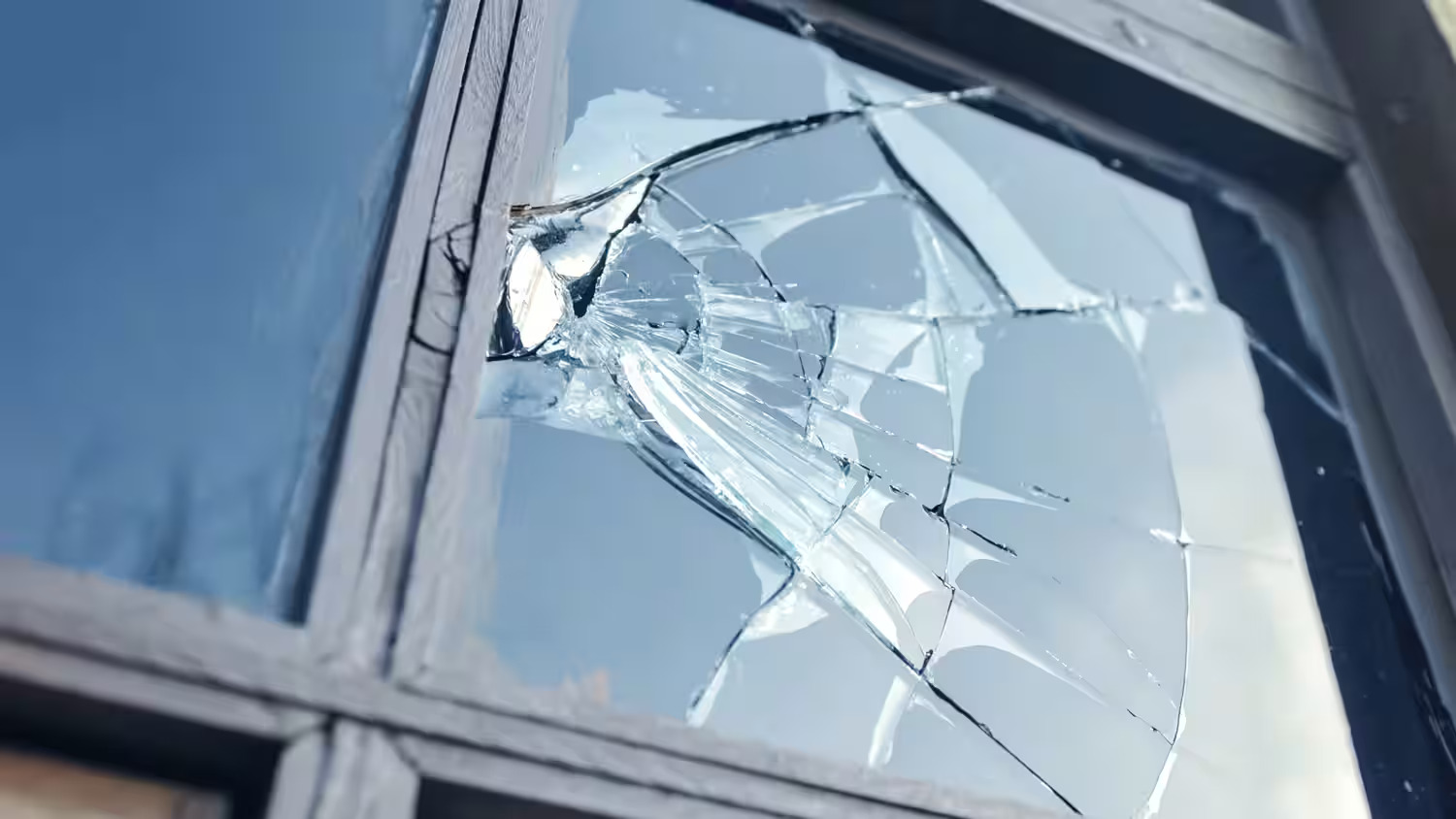
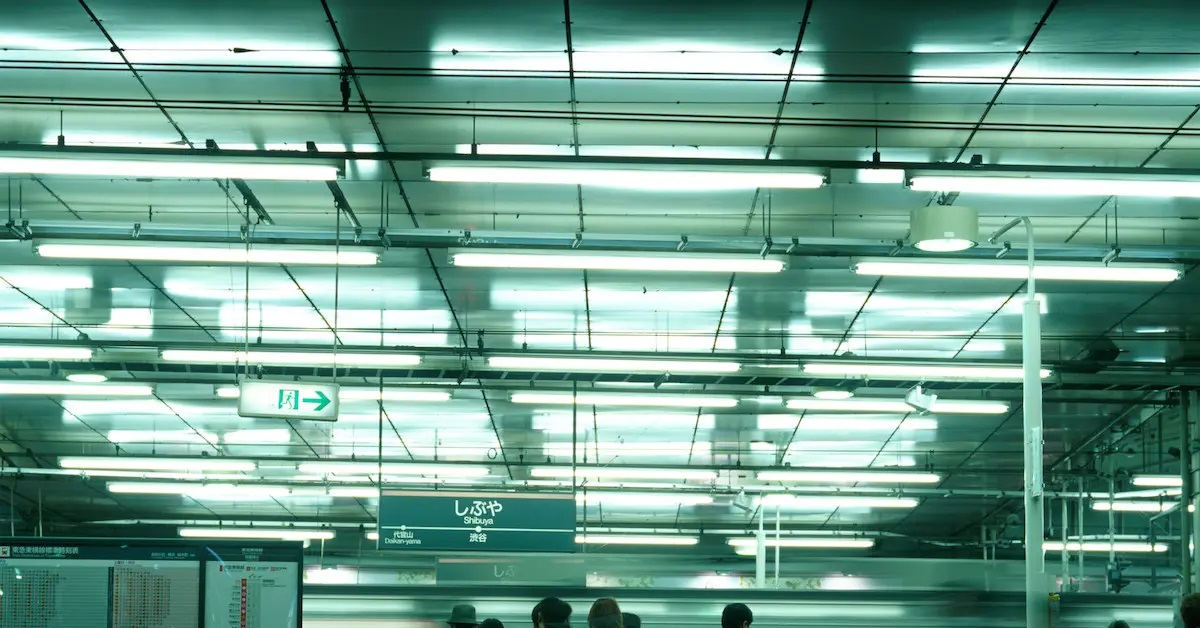

0 thoughts on “Where Should Broken Glass Be Disposed Of In A Lab”